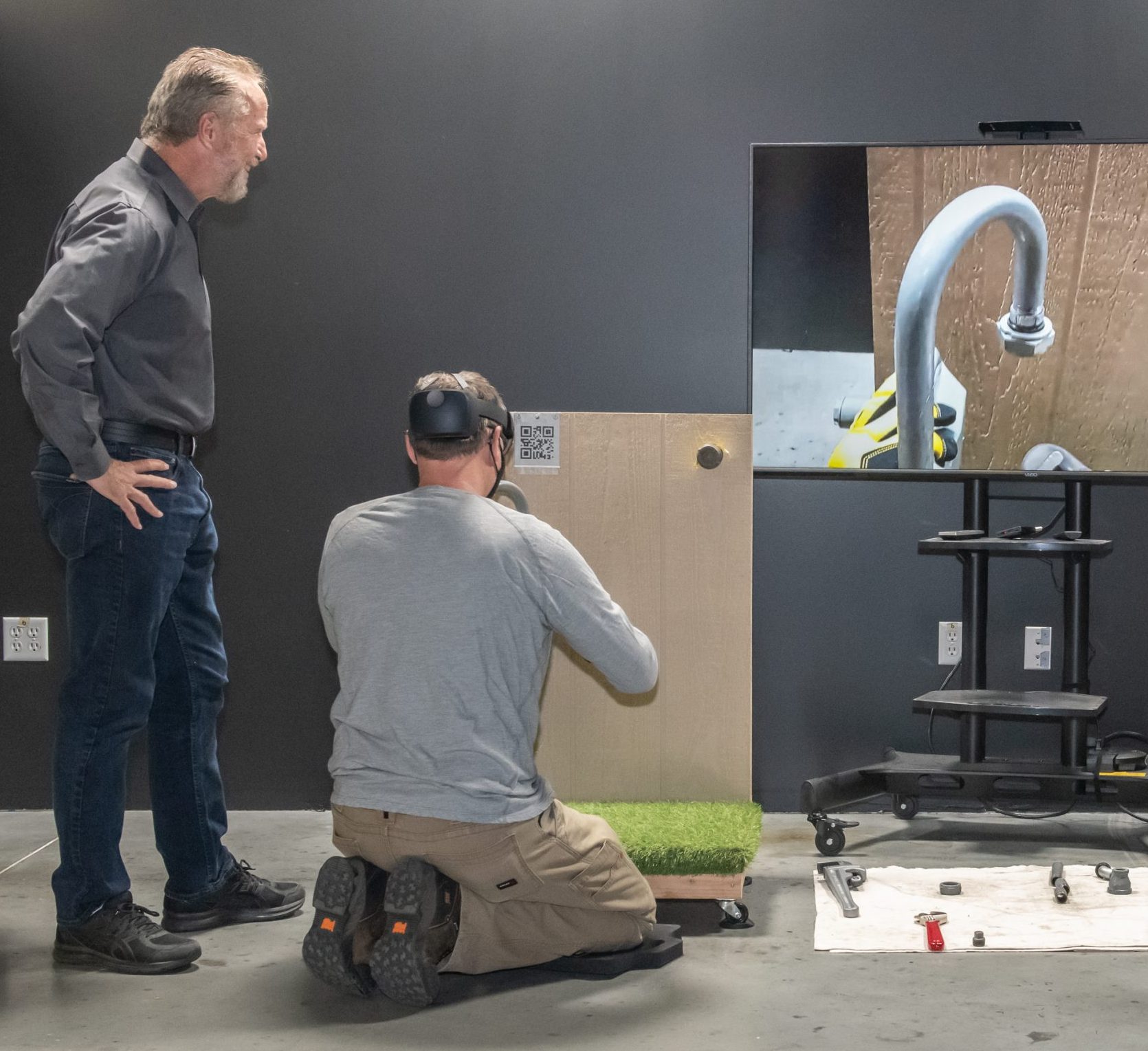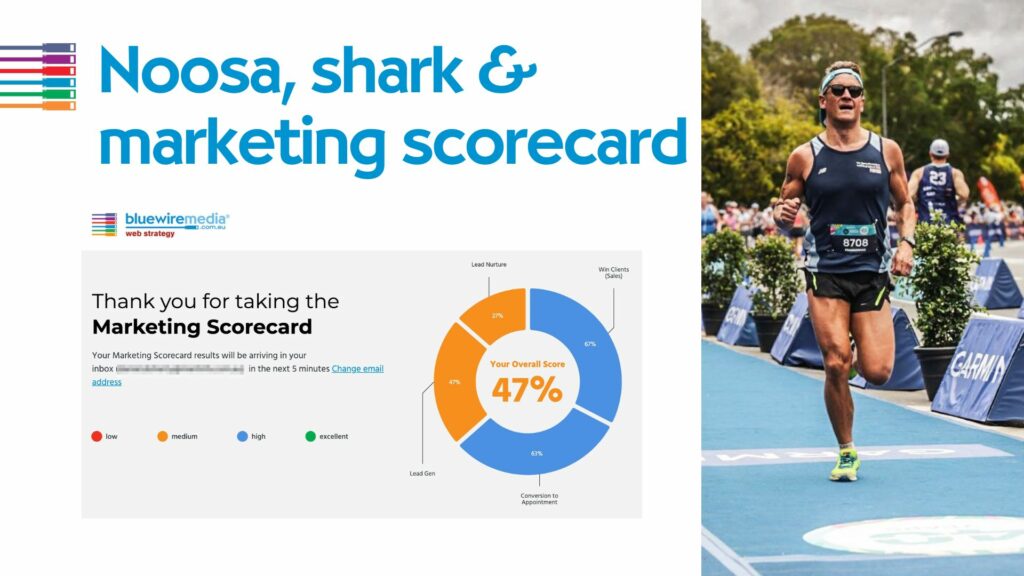Navigating today’s digital landscape can seem like a herculean task, with a plethora of learning tools available for enterprise use. Each method, from the conventional instructor-led training to the revolutionary virtual reality, brings its unique advantages and drawbacks to the table. For business leaders who are not training professionals, understanding these tools becomes pivotal in making well-informed decisions for their learning and development (L&D) programs. In this guide, we will shed light on the pros and cons of various learning tools: instructor-led training, eLearning, video learning, virtual reality (VR), mixed reality (MR), and virtual instructor-led training (VILT).
Instructor-Led Training (ILT)
Strengths
Instructor-led training is often found in two broad categories:
At its best, it can foster real-time interaction, discussion, and immediate feedback. It can encourage collaborative learning and can be highly personalized. It is particularly effective for complex topics that require deep understanding and hands-on practice. Before mixed reality, it was the only effective method for hands-on skills transfer.
At its worst, ILT consists of a subject matter expert sharing their experience with a large group all day in lecture format with a deck of PowerPoint slides. This traditional delivery model is the most cost-effective and has been proven the least effective.
Most ILT sits somewhere in between with a movement to change instructors from “the sage on the stage” to “the guide on the side” through more breakout groups and self-guided activities.
Weaknesses
It can be expensive and logistically challenging, requiring coordination of schedules, venues, and materials. It may not be the most effective for geographically disperse teams, and the learning pace is often dictated by the group rather than by individual needs. If demand exceeds training capacity, ILT is typically a bottleneck.
eLearning
Pros
eLearning is an epitome of flexibility, permitting learners to engage with content at their leisure and convenience. It is cost-effective, easily updated, and offers insights on learner progress and performance through data tracking.
Cons
However, eLearning lacks the personal touch and real-time interaction found in ILT. Engagement may suffer without a physical classroom’s accountability, and learners with limited technical skills or accessibility issues may face difficulties.
Video Learning
Pros
Video learning serves as an engaging, accessible medium that blends auditory and visual stimuli. It is appropriate for Show-and-Tell learning, and demonstrations and can be repeated as often as needed.
Cons
However, passive video learning can lead to poor retention if interaction or engagement activities are lacking. Furthermore, learning quality heavily relies on the video content and production standards.
Virtual Reality (VR)
Strengths
VR offers immersive, experiential learning that can simulate real-world environments and scenarios. This is especially powerful for high-risk training (e.g., fire emergency response, surgery) where real-world practice is not feasible. With the addition of new AI-powered natural language capabilities, avatars can offer interpersonal or sales challenges and understand the learner’s attempts to respond providing realistic, immersive simulations for self-paced practice. A well-designed VR experience leads to higher rates of retention and understanding of situational problems and solutions.
Weaknesses
VR requires significant investment in technology and content development. Its immersive nature may also cause discomfort or disorientation for some users. VR used to be single-user focused, which limited collaborative learning, but this is changing with new platforms that allow multiple learners to work together in a virtual environment. In the past developing content in Unity or Unreal used to require deep programming skills and a lengthy development schedule. This has changed dramatically with the introduction of low code authoring platforms such as Siminsights and Altoura.
Augmented Reality (AR)
Pros
AR allows the overlay of digital information on the real-world scene viewed by the learner. This information can be in various formats, such as 2D graphics, images, video, or text. AR does not require the hefty investment in a headset when the content is designed for consumption on a mobile device.
Cons
AR is limited in its ability to overlay 2D graphics or hefty data sources.
Mixed Reality (MR)
Pros
MR fuses elements of VR and AR, providing an immersive experience while interacting with the real world. It is effective for complex, hands-on skills training and can foster collaborative learning in a real/virtual environment. Learners can work “head up – hands free” while learning on the job or in the training center.
The recent invention of the industrial metaverse will encourage collaborative learning without the expense of travel and time lost from the job. No code authoring tools have reduced cost and the time to build MR. Time to competency is often dramatically improved, where a week of ILT training can be reduced to a day; a one-day ILT course can be reduced to an hour—all without necessarily needing an instructor. It is the breakthrough medium that can guide skills learning without an instructor.
Cons
Like VR, MR requires a substantial investment in hardware and until recently required programmer level skills to author.
Virtual Instructor-Led Training (VILT)
Pros
VILT marries the benefits of eLearning and ILT, offering real-time interaction and feedback in a virtual environment. It is effective for geographically disperse teams.
Cons
VILT demands a robust technological infrastructure and may face disruptions due to technical issues. Engagement can be challenging in a virtual environment.
Bottom Line
To sum up, there is no one-size-fits-all solution in the L&D sphere. The choice of learning tool should hinge on the specific learning objectives, content nature, target audience, and resources at hand. Often, a blended approach that integrates various methods can provide the best of all worlds, catering to diverse learning styles and maximizing your L&D programs’ effectiveness.
Recommended Further Reading:
For an in-depth understanding of these approaches, you may find the following resources helpful:
– “Telling Ain’t Training” by Harold D. Stolovitch and Erica J. Keeps
– “The Gamification of Learning and Instruction” by Karl M. Kapp
– “Design for How People Learn” by Julie Dirksen
– “e-Learning and the Science of Instruction” by Ruth C. Clark and Richard E. Mayer
For an immersive understanding of AR and VR in training, you may explore:
– “Learning in 3D: Adding a New Dimension to Enterprise Learning and Collaboration” by Karl M. Kapp and Tony O’Driscoll
– “Infinite Reality: Avatars, Eternal Life, New Worlds, and the Dawn of the Virtual Revolution” by Jim Blascovich and Jeremy Bailenson.
For an understanding of the cognitive aspect of learning:
– “Thinking, Fast and Slow” by Daniel Kahneman
– “How We Learn: The Surprising Truth About When, Where, and Why It Happens” by Benedict Carey
Remember, it is not necessary to become an expert in these fields. The objective is to understand enough about each approach to use them effectively in your organization. Happy reading!



